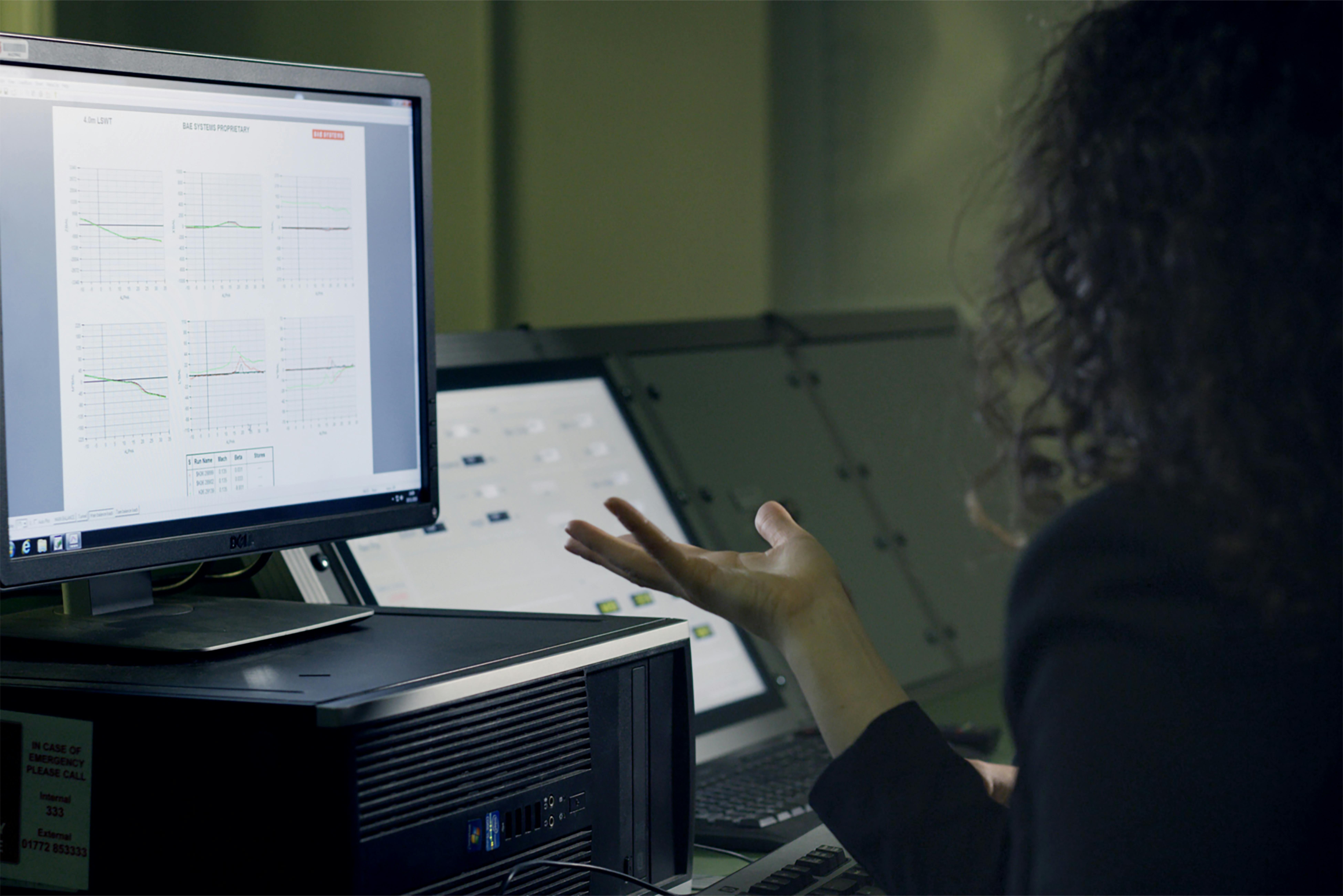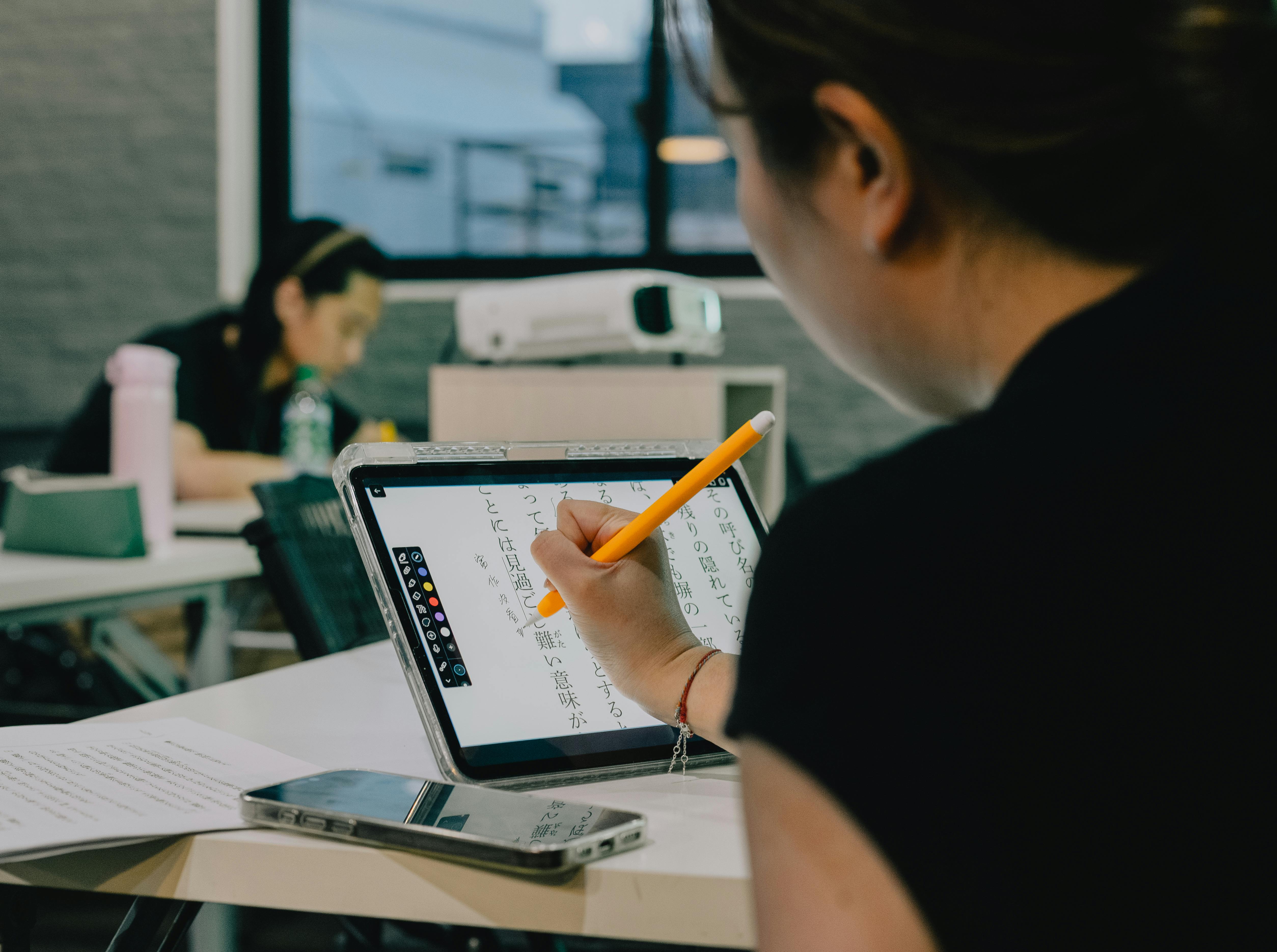The digital landscape is finding its voice, and it’s more human-like, scalable, and multilingual than ever before. Synthetic voice technology, powered by rapid advancements in artificial intelligence, is moving beyond robotic monotones to deliver nuanced, emotionally resonant speech that is set to fundamentally change how we create and consume content globally. This rise of synthetic voices is not just a technological marvel; it's a pivotal shift for industries reliant on multimedia, particularly in the realm of translation and localization.
The global synthetic voice market is experiencing explosive growth, with Market.us projecting it to soar from USD 1.78 billion in 2024 to a staggering USD 23.4 billion by 2034, growing at a CAGR of 29.40%. This surge is fueled by increasingly sophisticated AI models that can capture and replicate the subtleties of human speech, including tone, accent, and emotional inflection. The result is a powerful tool for businesses looking to scale their global communication efforts efficiently and effectively.
A New Era for Corporate Training and Product Demonstrations
For multinational corporations, the challenge of delivering consistent and engaging training materials across different languages and cultures is a long-standing hurdle. Traditional methods, involving human voice actors for each language, are often costly, time-consuming, and difficult to update. Similarly, creating localized product demonstrations that resonate with diverse audiences can be a logistical nightmare.
Synthetic voice technology offers a transformative solution. Imagine a new compliance module that needs to be rolled out to a global workforce in over 50 languages. Instead of coordinating dozens of recording sessions, a single, high-quality voice can be cloned and localized, ensuring a consistent brand voice and message while drastically reducing turnaround times and costs. This agility is crucial in today's fast-paced business environment.
Product demonstrations also receive a significant upgrade. With synthetic voices, companies can create dynamic, easily adaptable video presentations tailored to specific markets. Need to update a feature or change a tagline? The audio can be regenerated in minutes across all languages, eliminating the need for expensive and time-consuming re-recordings. This allows for a more personalized and effective sales approach on a global scale. The result is higher engagement, better knowledge retention, and a more streamlined localization workflow.
The Artlangs Advantage: Marrying Technology with Human Expertise
While the technology is powerful, achieving authentic and culturally resonant multimedia localization requires more than just a sophisticated algorithm. This is where deep-seated expertise in language and localization becomes indispensable. Artlangs Translation, with its extensive experience in over 230 languages, stands at the forefront of this evolution, seamlessly integrating cutting-edge synthetic voice technology with its world-class localization services.
For years, Artlangs has been a leader in translation services, video localization, and multilingual voice-overs for a diverse range of content, including corporate videos, e-learning modules, and the rapidly growing market of short-form dramas and audiobooks. Our rich portfolio of successful projects and deep understanding of global markets uniquely positions us to leverage synthetic voice technology to its full potential for our clients.
We understand that a successful localization project is not simply about translating words; it's about conveying the intended meaning, emotion, and cultural nuances. Our process begins with our expert linguists who meticulously translate and culturally adapt the source material. This human-centric approach ensures that the script is not only accurate but also appropriate and engaging for the target audience.
Only then do we employ advanced synthetic voice technology to generate the voice-over. Our team carefully selects and fine-tunes the AI-generated voices to match the specific tone, style, and demographic of the intended audience. This hybrid model—what we call "human-in-the-loop" AI localization—delivers the scalability and cost-efficiency of synthetic voices without sacrificing the quality and authenticity that only human experts can provide.
For instance, in the localization of short-form dramas and games, where character emotion is paramount, our linguists and localization managers work in tandem with the AI tools to ensure that the synthetic voices capture the dramatic intent of the original performance. This nuanced approach has been instrumental in the success of numerous projects, helping our clients to captivate global audiences.
The Future is Vocal, and It's Multilingual
The trajectory of synthetic voice technology is clear: voices will become even more indistinguishable from human speech, with greater emotional range and personalization capabilities. We will see the rise of custom-cloned brand voices that can be deployed across all markets, ensuring a truly unified global brand identity. Real-time, AI-powered dubbing will become increasingly commonplace, breaking down language barriers in live events and online streaming.
As this technology continues to mature, the demand for expert localization services will not diminish—it will evolve. The focus will shift towards higher-level strategic consultation, cultural adaptation, and quality assurance. At Artlangs Translation, we are not just adopting this technology; we are shaping its application in the localization industry. By combining our decades of linguistic experience with the power of synthetic voices, we are empowering our clients to connect with their audiences on a deeper, more authentic level, no matter where they are in the world. The future of multimedia translation is here, and it speaks every language fluently.











